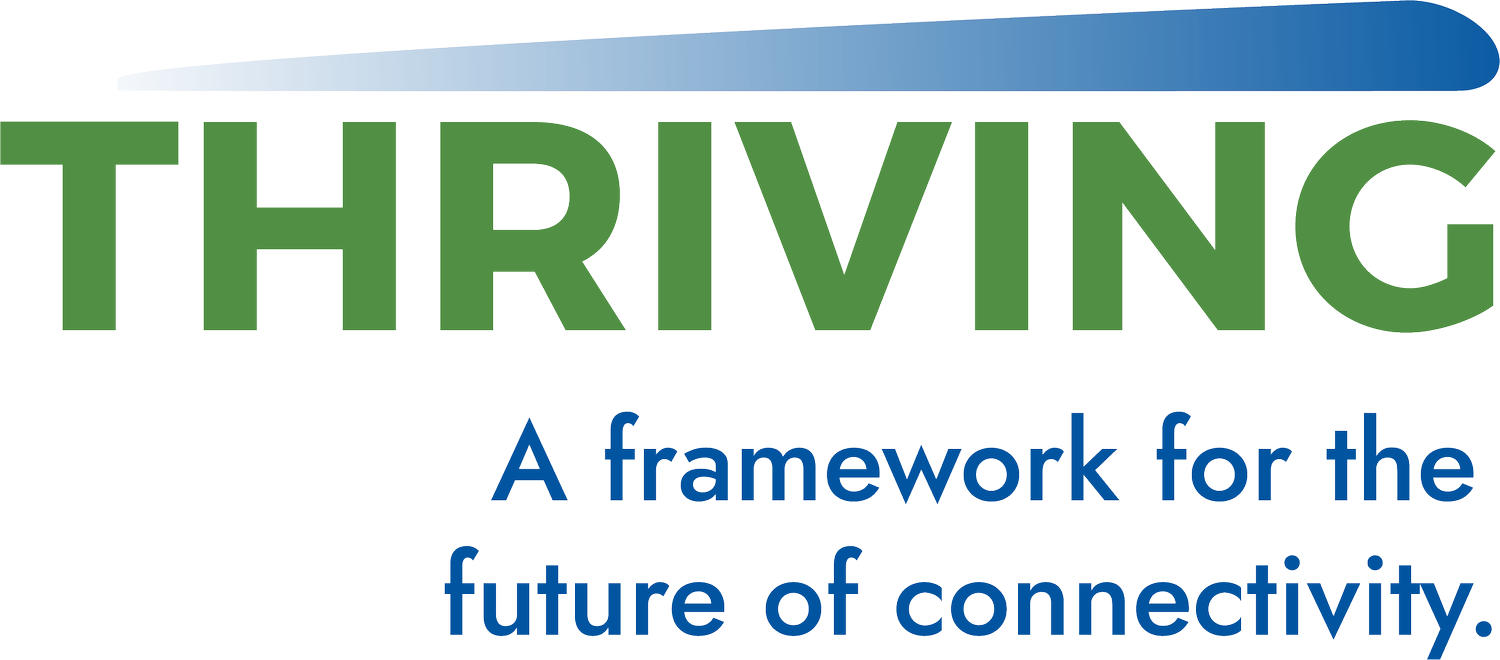TMP Recommendation Concepts & Strategies
How did we get here?
Process for developing the draft concepts and strategies
TMP Concepts and Strategies
The project team has identified six primary concept categories. Within each concept category is a groups of strategies. These strategies will help The Rapid carry out the community’s transportation vision for the next 20 years, striving to be the transportation provider of choice and convenience.
-
Increase community awareness and engagement through education and marketing programs.
Develop a community ambassadorship program
Develop a community “adopt-a-stop” program
Develop a local artist bus stop / placemaking design program
Partner with schools to develop a youth education program
-
Explore tools to foster transit-supportive places using plans, policies, and public investments.
Develop transit-oriented real estate development guidelines
Develop mobility hub standards and policies
Develop transit-supportive streetscapes and roadways design guidelines
Study Rapid-owned assets / site redevelopment potential
-
Enhance rider experience by improving existing service, operations, and rider amenities.
Explore and develop a high frequency core network
Increase bus stop amenities
Extend service hours
Implement a guaranteed ride home program
-
Pursue innovative technologies to streamline Rapid operation, improve rider convenience, and align mobility services.
Develop a Zero Emissions Bus (ZEB) transition plan
Improve fare structure and regional fare coordination
Improve microtransit and paratransit software and technology
Install real-time information displays and dynamic wayfinding
-
Increase connectivity within and outside of the ITP service area.
Study expanding the service area
Study light rail / commuter rail
Study regional connections and/or commuter rail
Pilot the West Michigan Express along Chicago Drive
-
Strengthen regional partnerships to align mobility planning efforts and implement TMP recommendations.
Align mobility solutions with regional economic development strategies
Develop service expansion standards
Develop strategies to better utilize existing transportation infrastructure
Study regional mobility and land use needs
Project Next Steps
To finalize strategies for the Transit Master Plan, each will be prioritized by the following:
-
Implementation of each strategy will require different levels of funding:
Existing funding
Acquiring funding (capital and/or operations) by applying to competitive grants or other one-time funding sources
Pursuing long-term sustainable funding sources for operations
-
Depending on community priorities and operational feasibility, strategies will be sorted into different timelines:
Ongoing: Currently underway
Near term: Less than 5 years
Mid-term: 5-10 years
Long-term: 10+ years
-
Some strategies may not be feasible currently and will require additional Rapid staff to implement in the long-term.
-
Each strategy will be given an estimated cost to help with planning and budgeting.
-
Many strategies will require partnership with different community members and or stakeholders. Local and regional partners will be identified for implementation.

